The induced EMF in your drawn circuit will be only due to the rotating "rod". The whole circle will not contribute to any induced EMF.
The induced EMF in a moving conductor in a magnetic field is given by:
$$emf = \int{(\vec{u}\times\vec{B})\,.d\vec{l}}$$
where \$\vec{u}\$ is the velocity of the moving conductor and the integral is done over the conductor path.
As you see,
- for the whole rotating circle, the cross product is done between the velocity which is tangent to the circle and the magnetic field which is normal to the plane. This yields a component in the radial direction and normal to the path length l, which makes zero dot product after that.
- but for the rod, the integral is done along the radial direction itself, and then the dot product is not zero.
This is summarized intuitively by noting that the perimeter of the circle is not crossing the magnetic field during the rotation process, only the rod PQ crosses the field.
Due to the symmetry, the induced voltage in the two rod halves will be equal to each other, and opposite in direction as the solution continues.
Another final point, your textbook does NOT consider an induced EMF in the resistor \$(2r)\$. Why then? Isn't it also crossing the field \$\vec{B}\$ ? The answer is; putting it in that schematic representation indicates that it is an ideal resistor, which means it has negligible physical dimensions. There is no physical length l to integrate the above cross product like the rod case.

